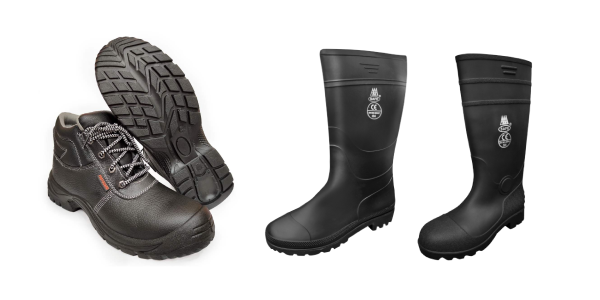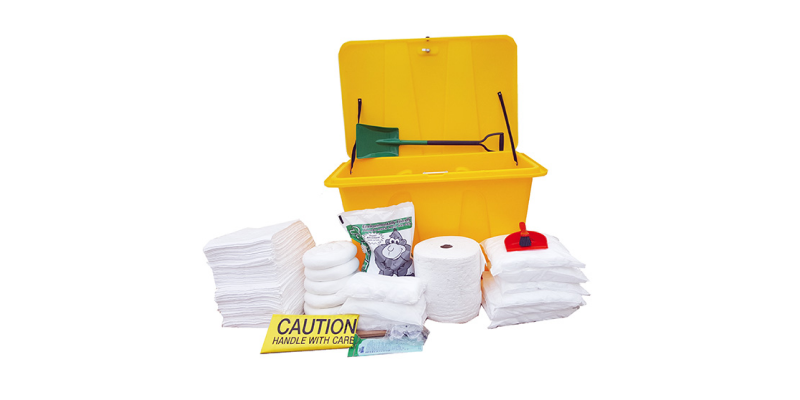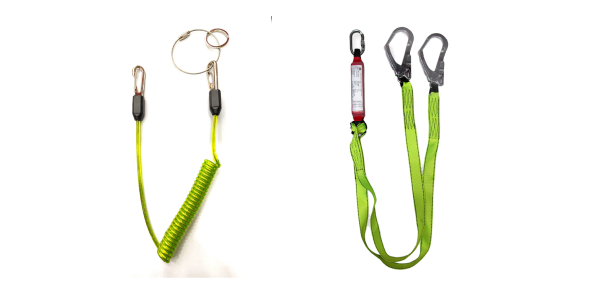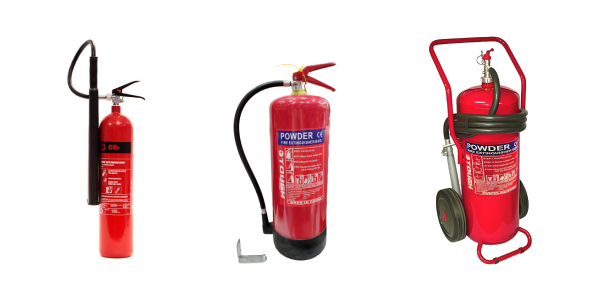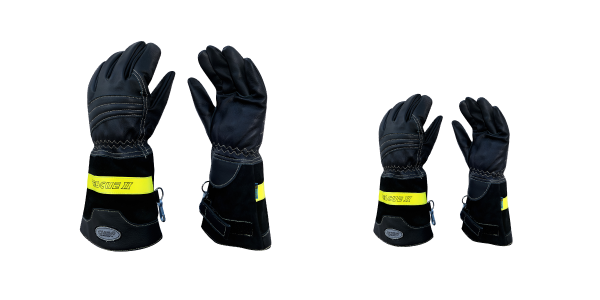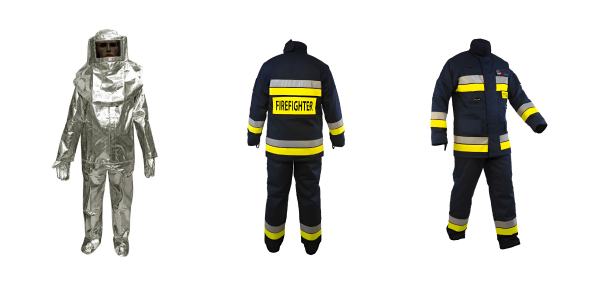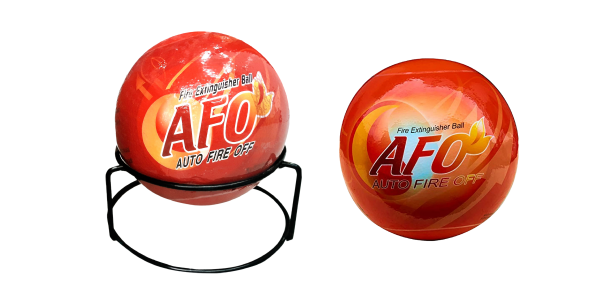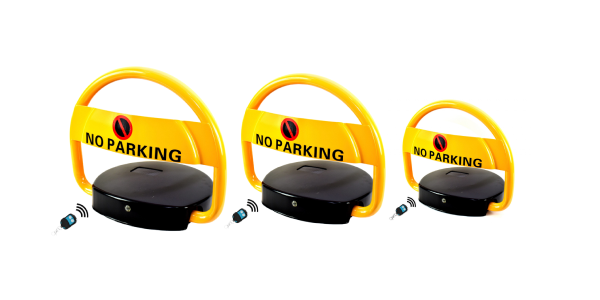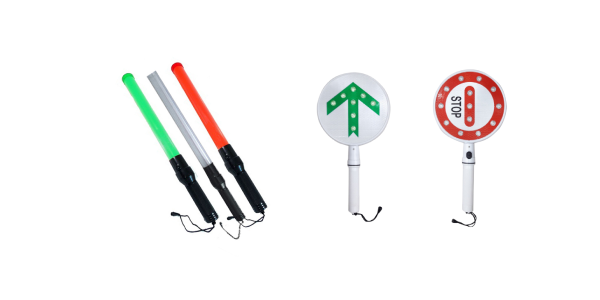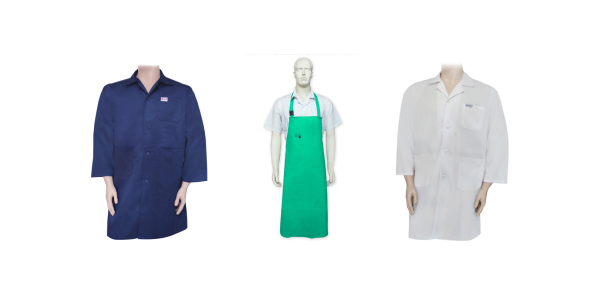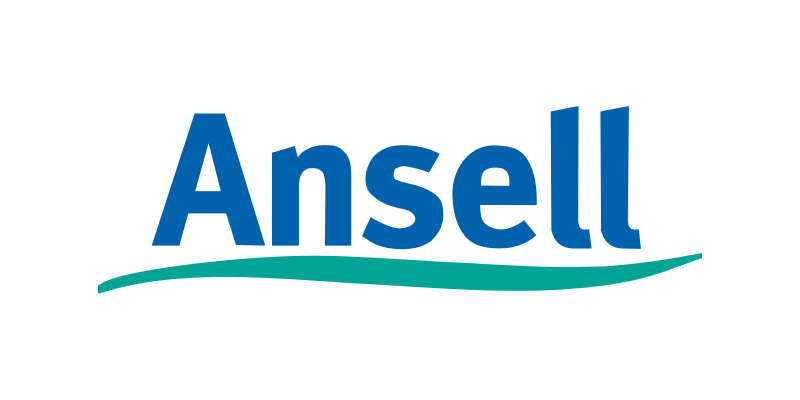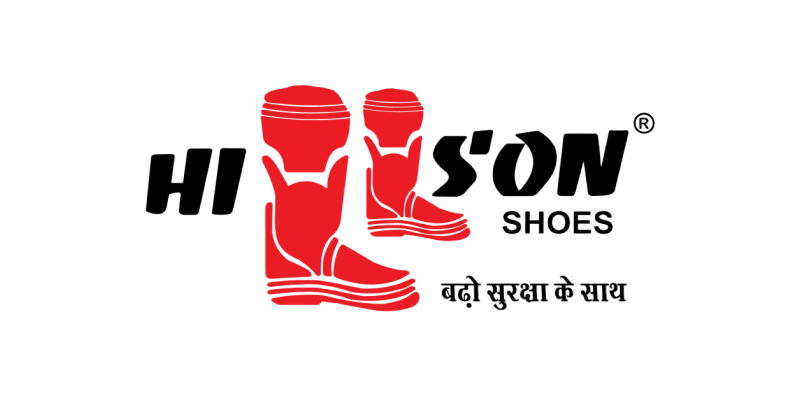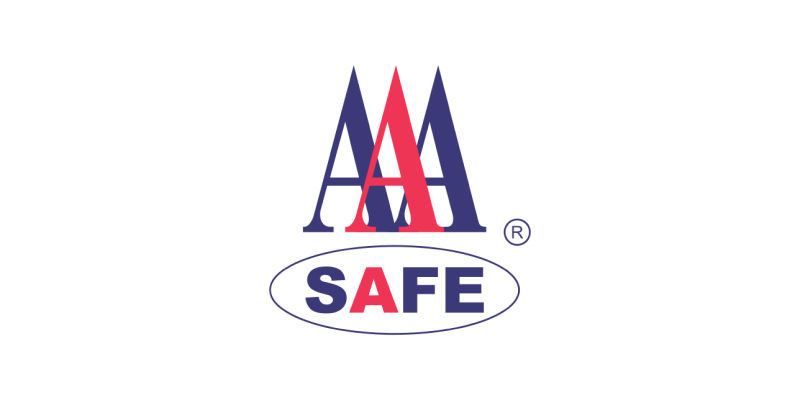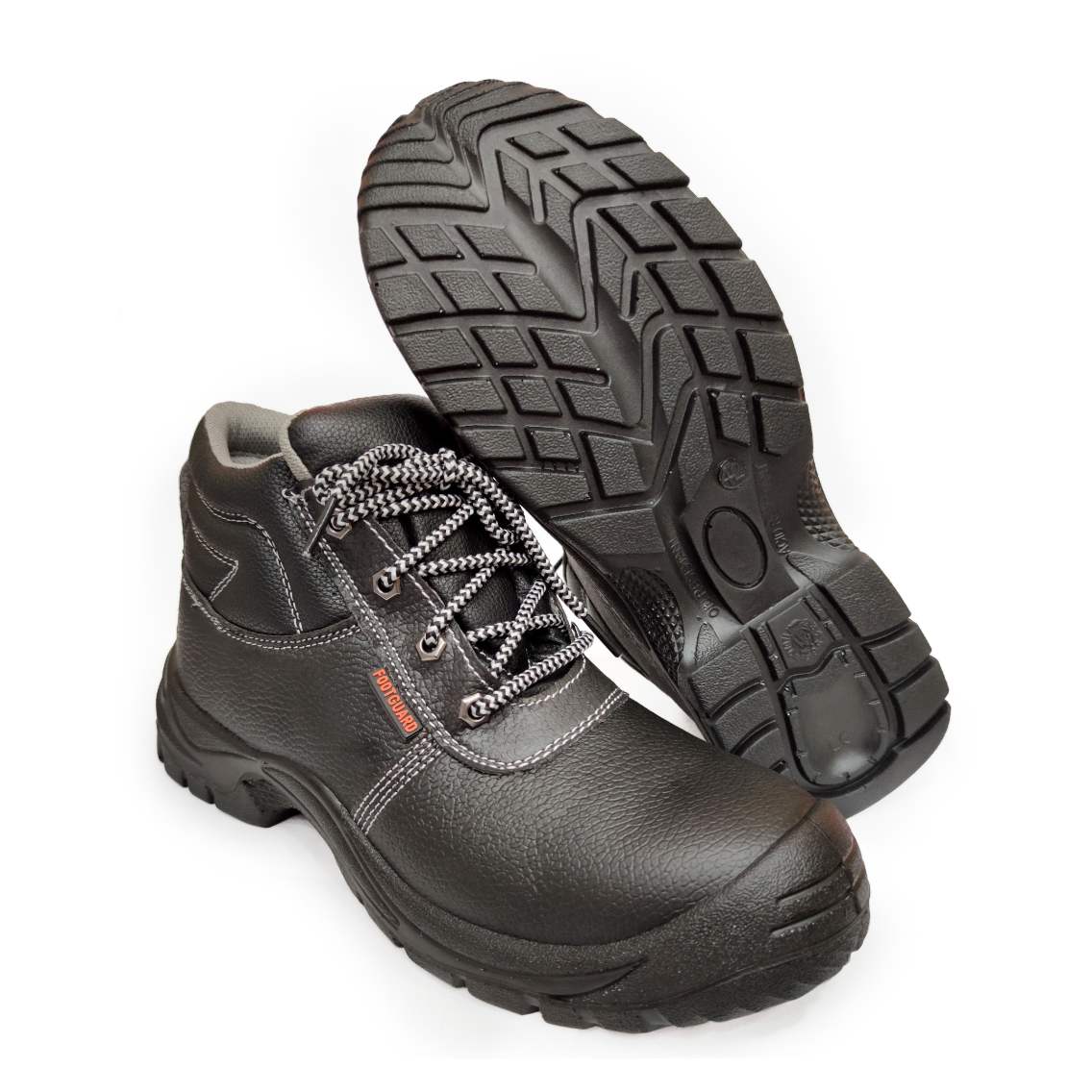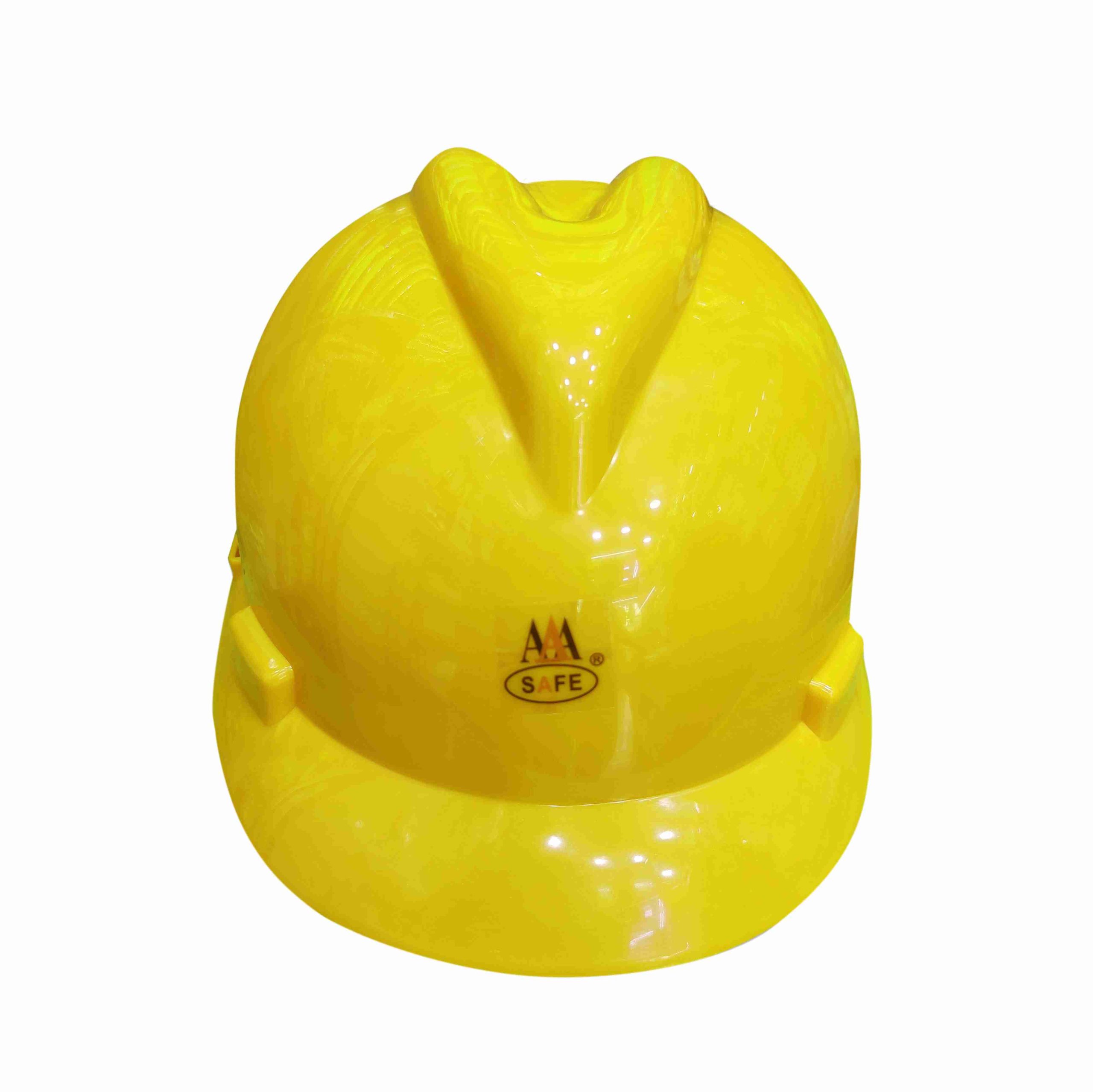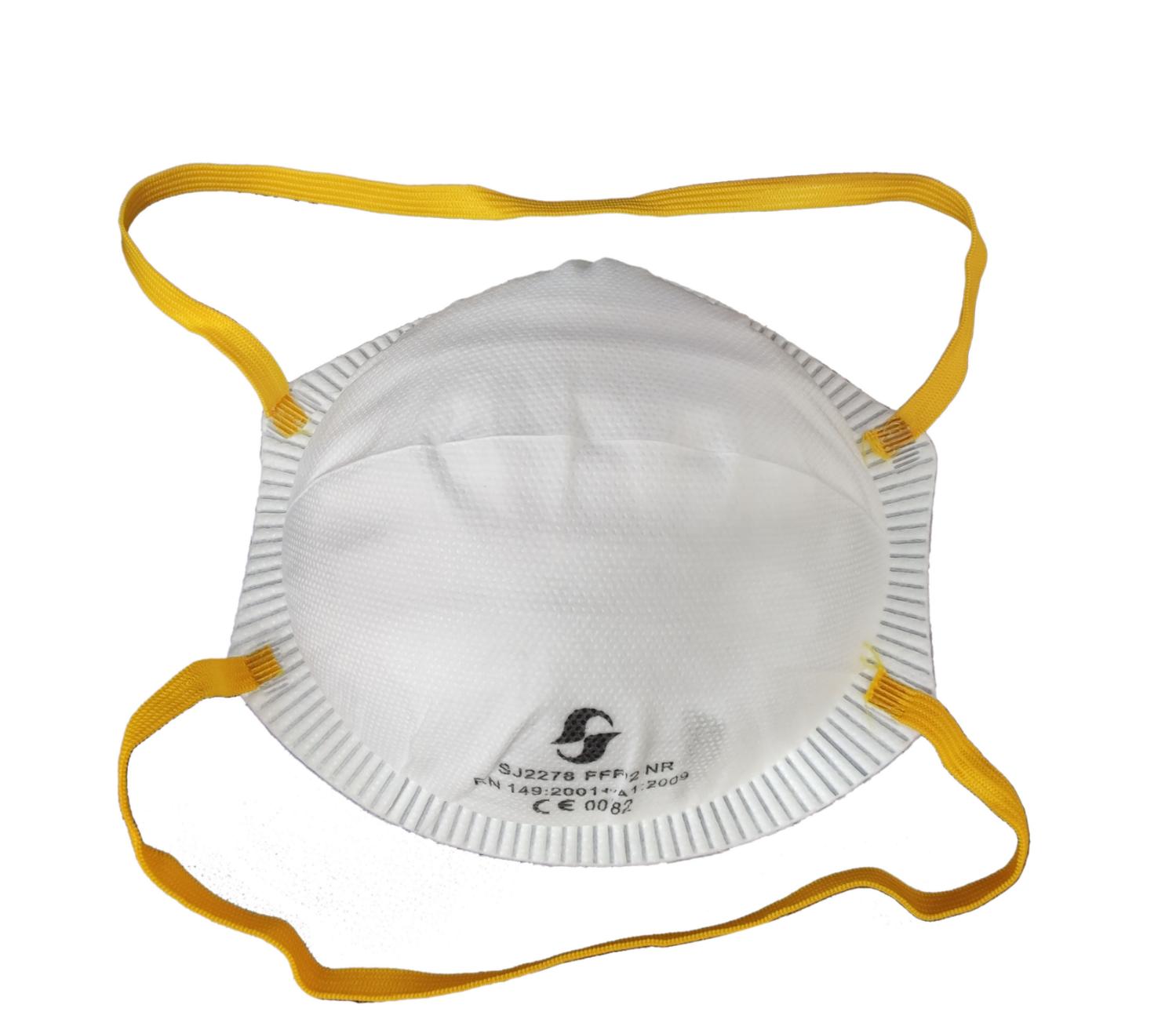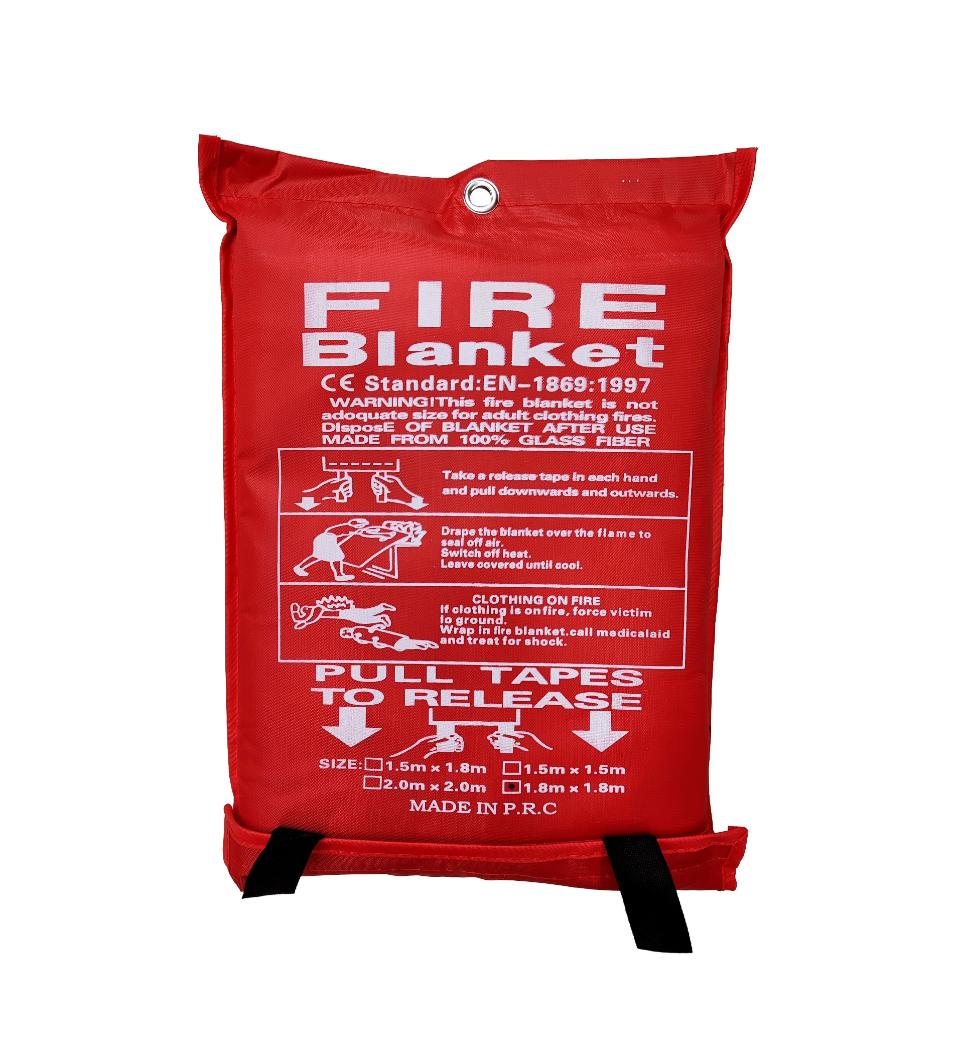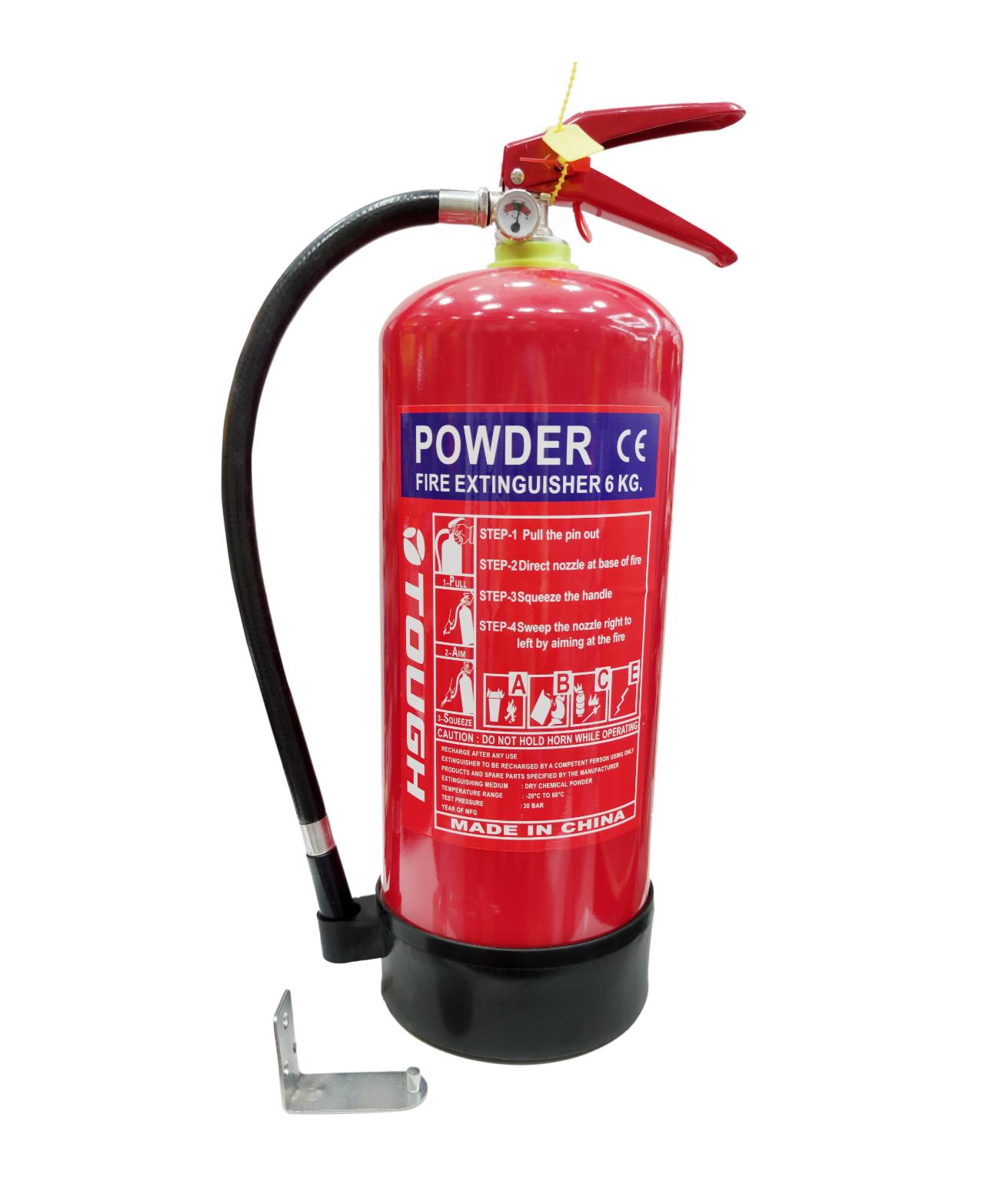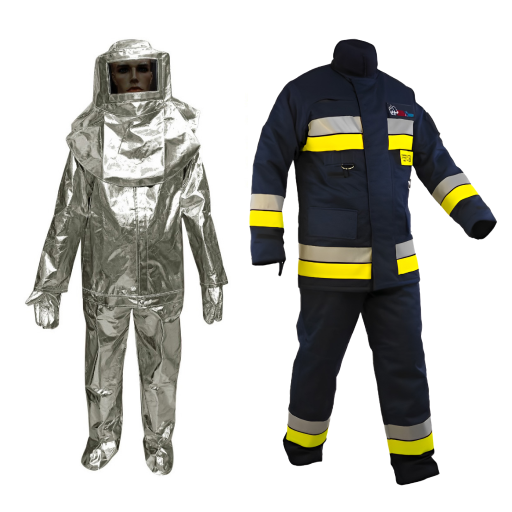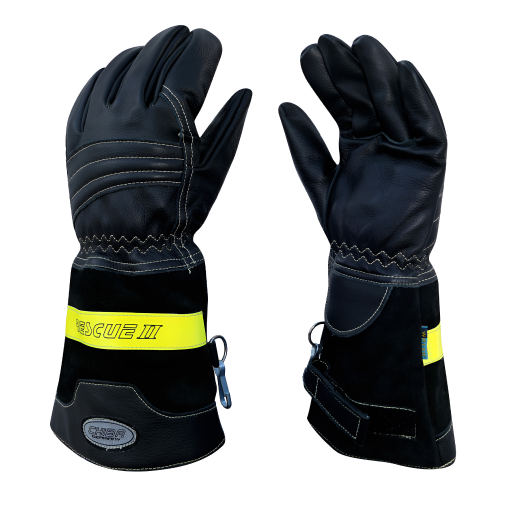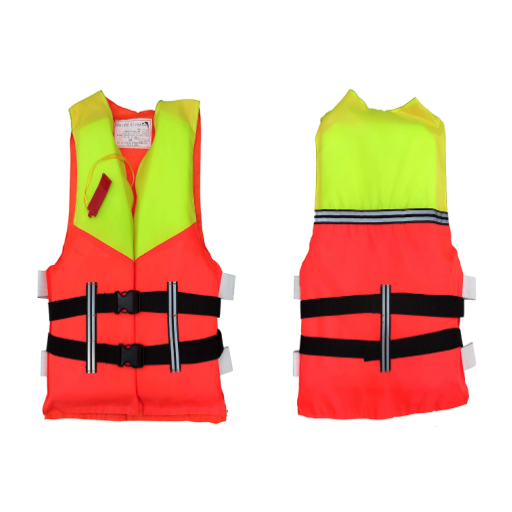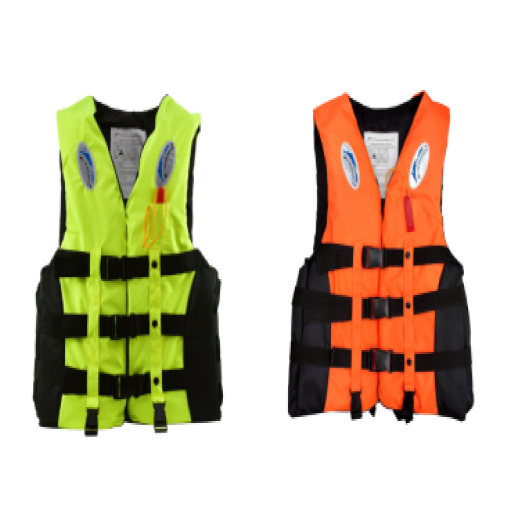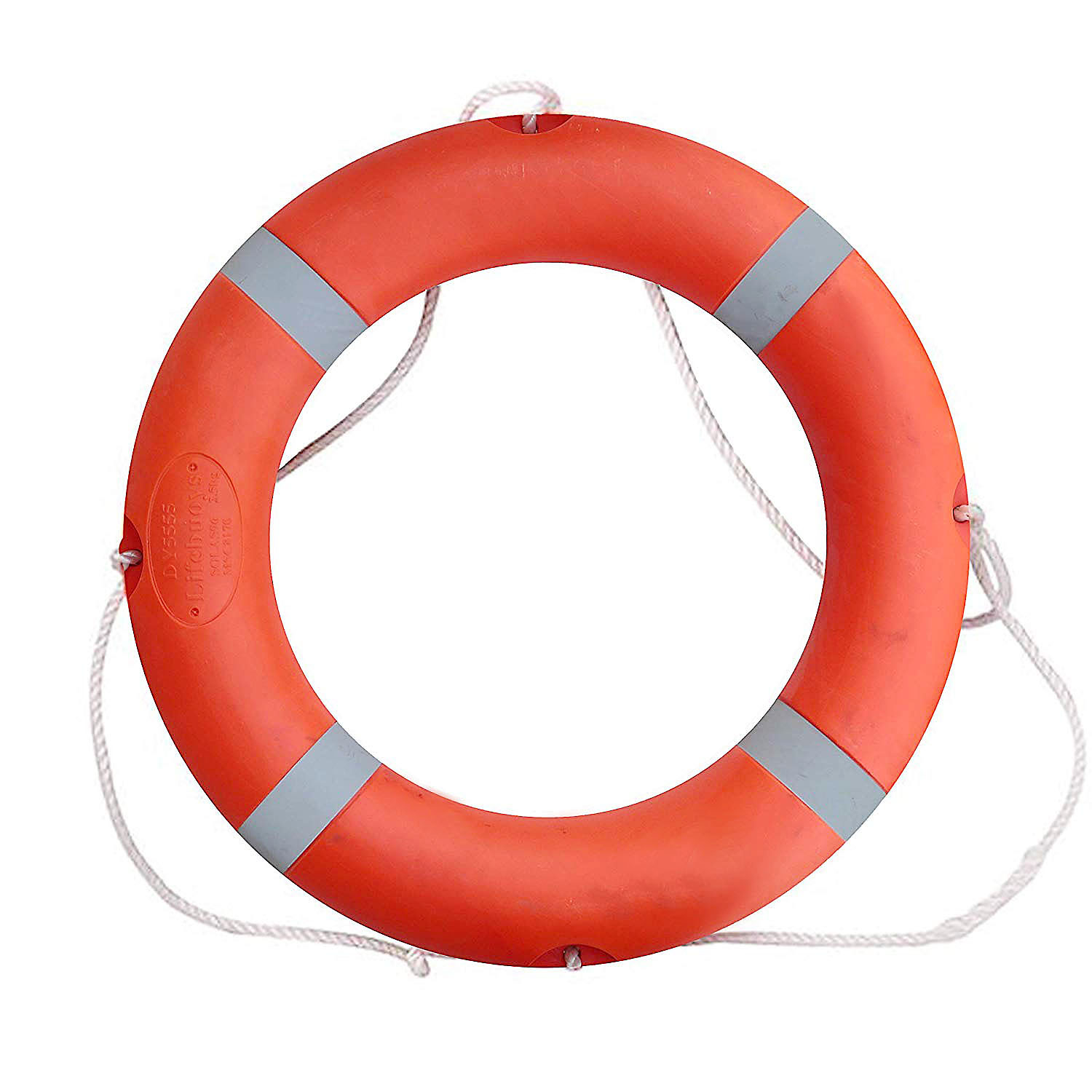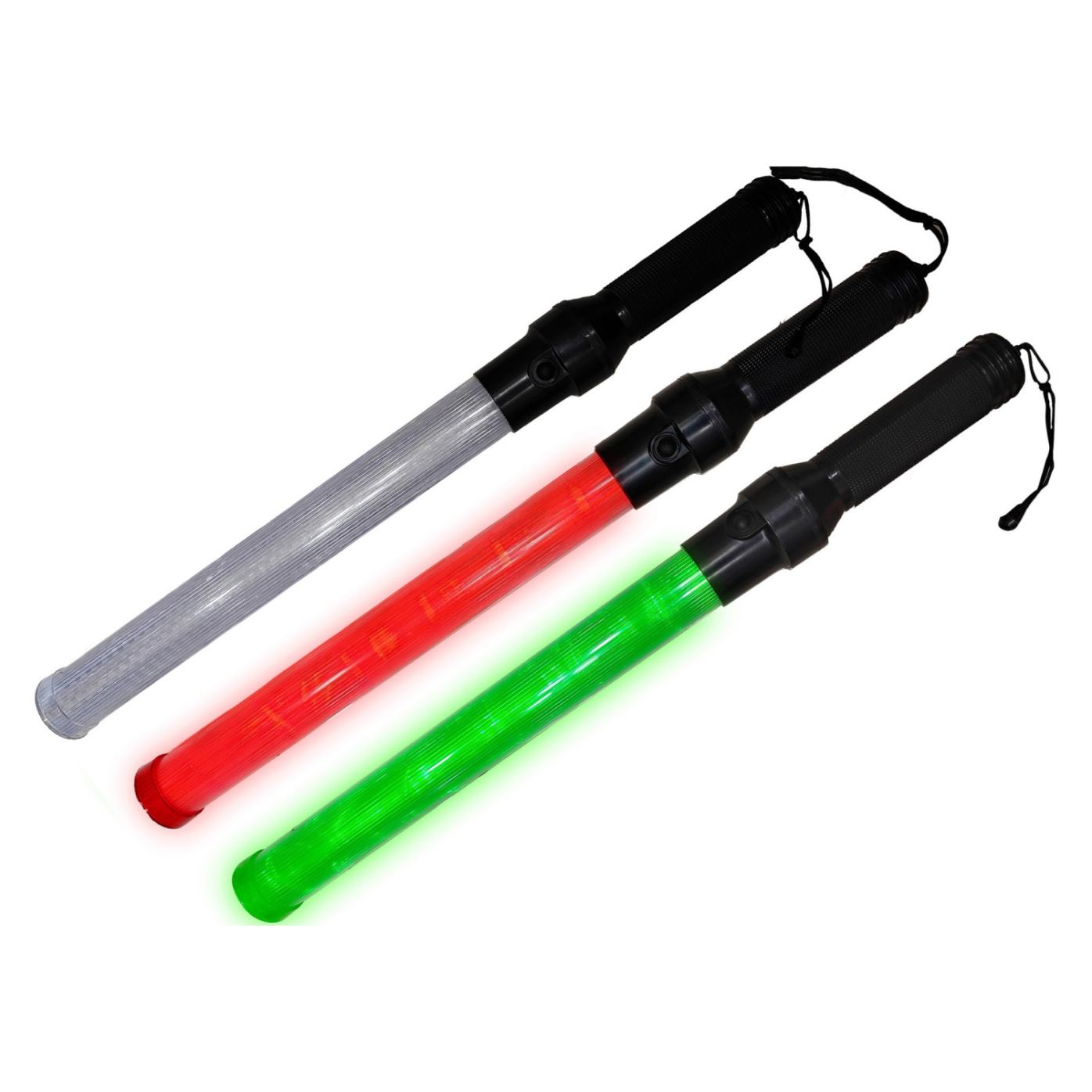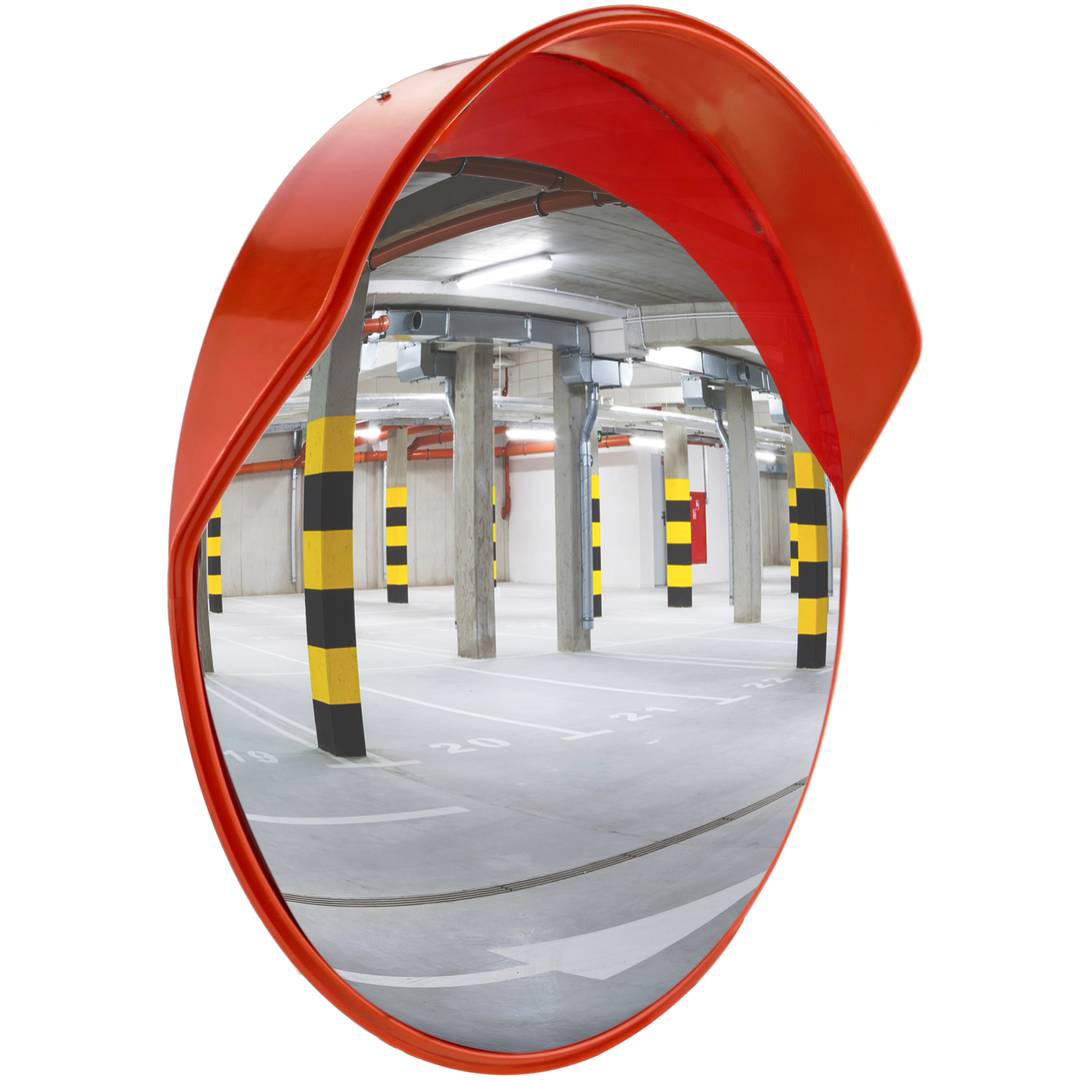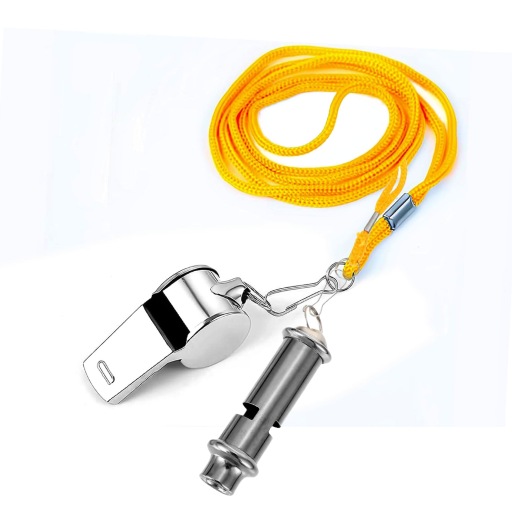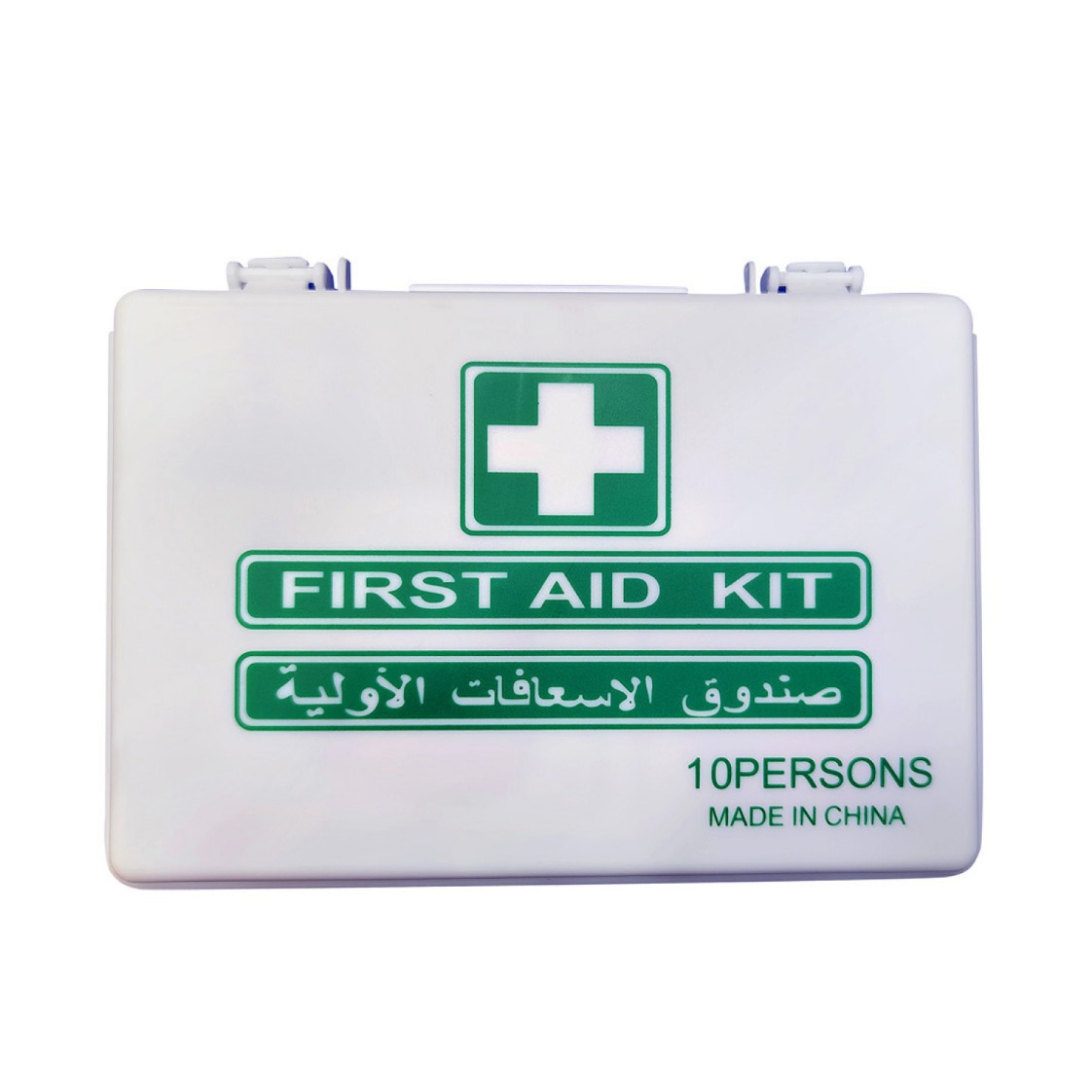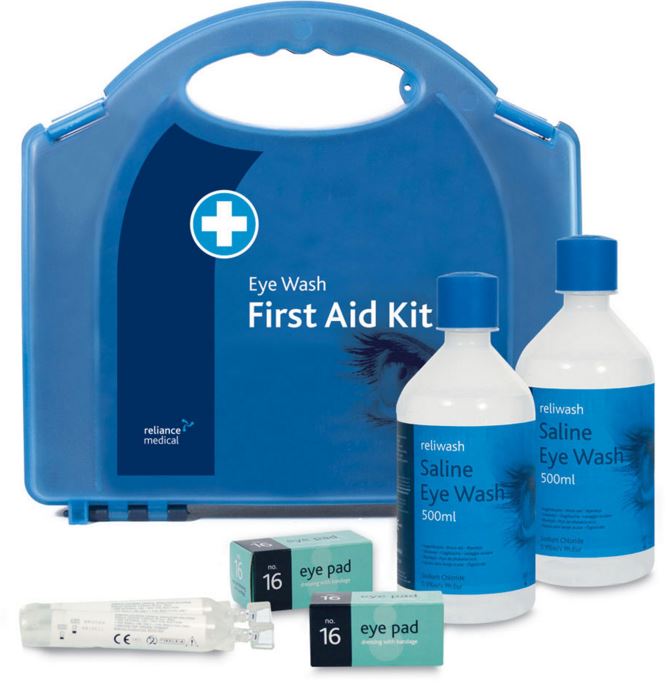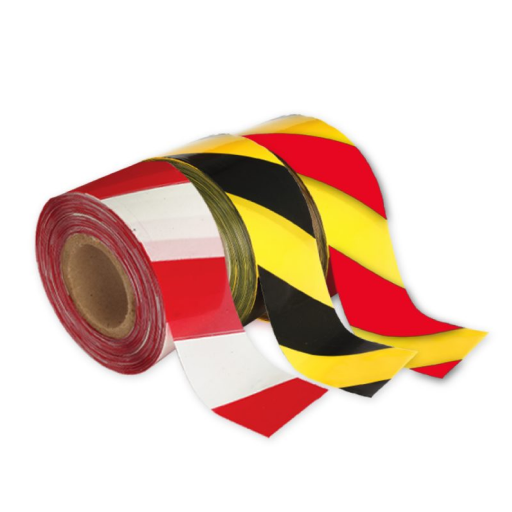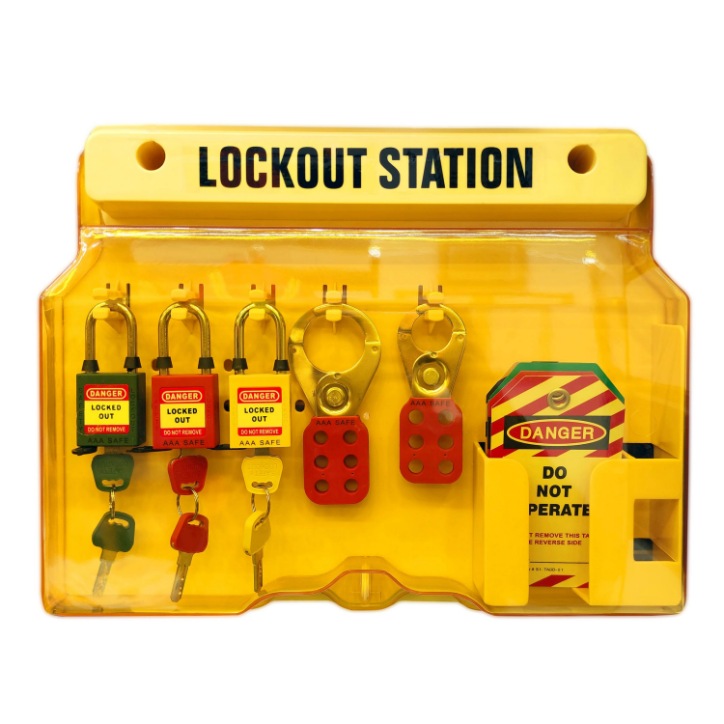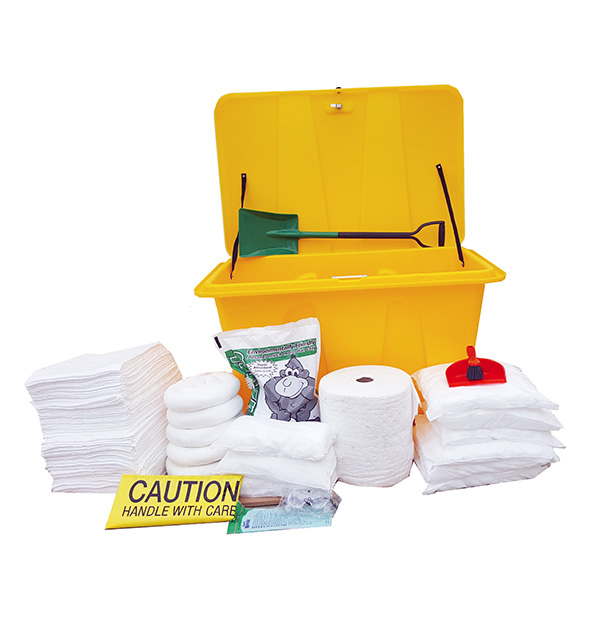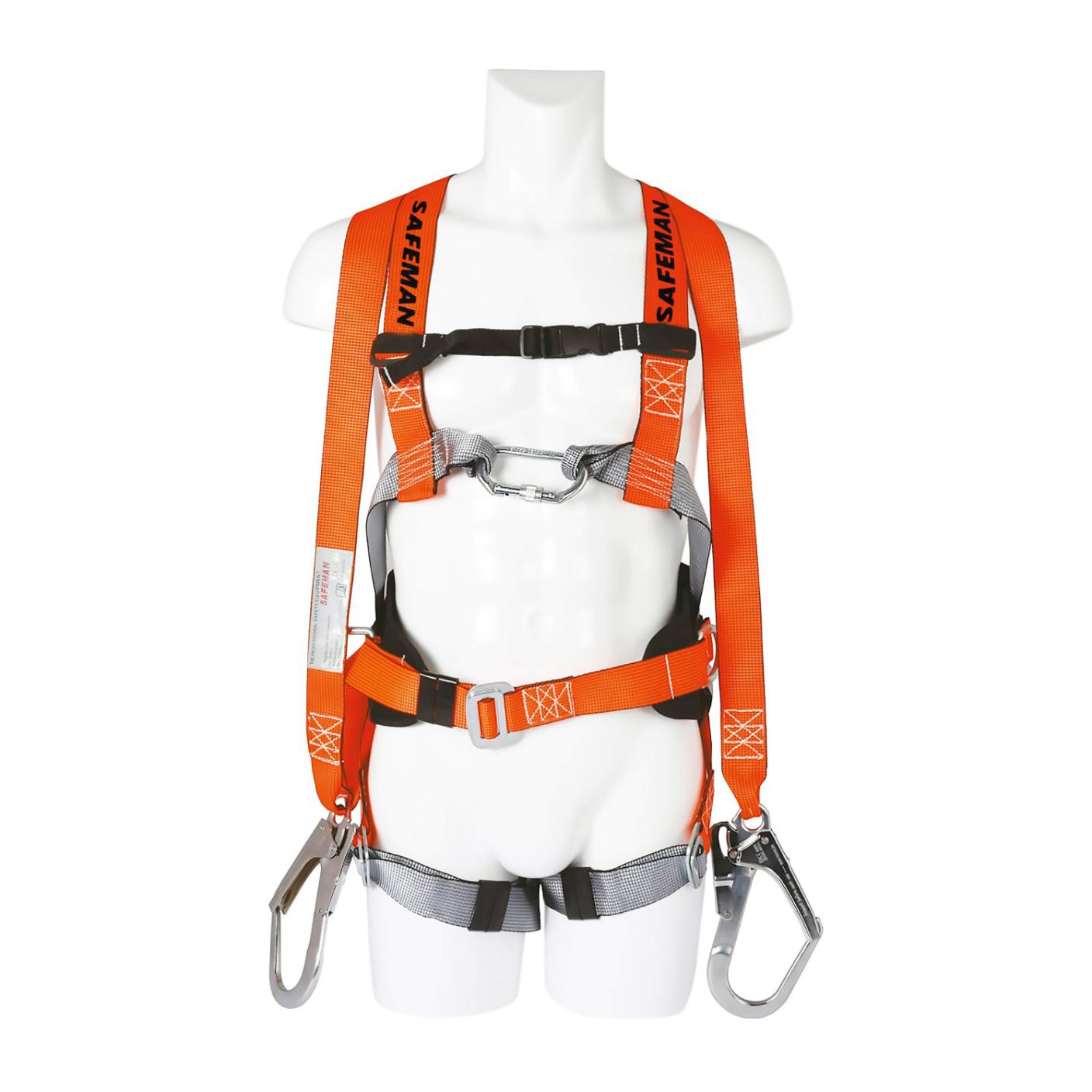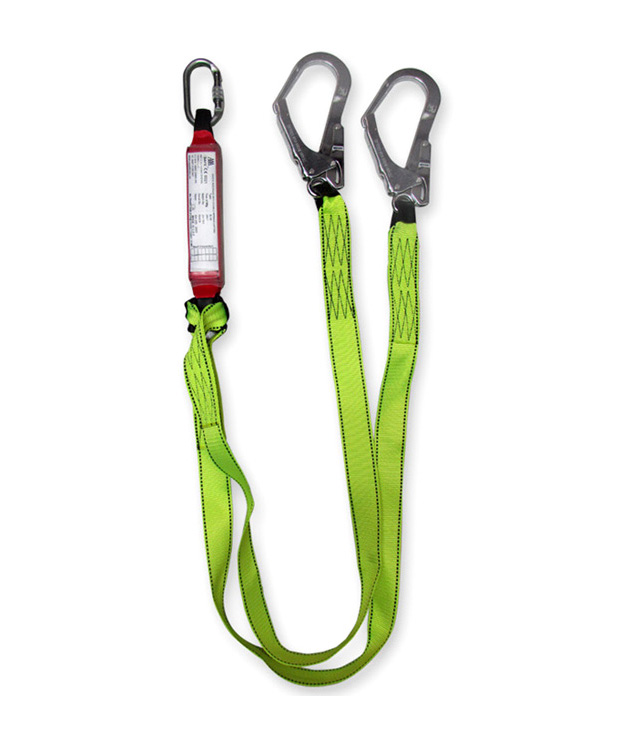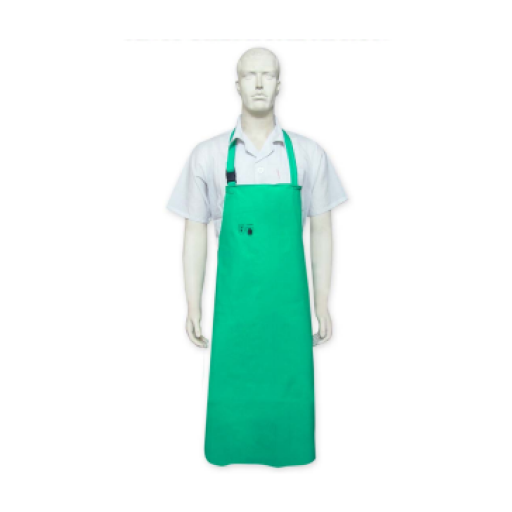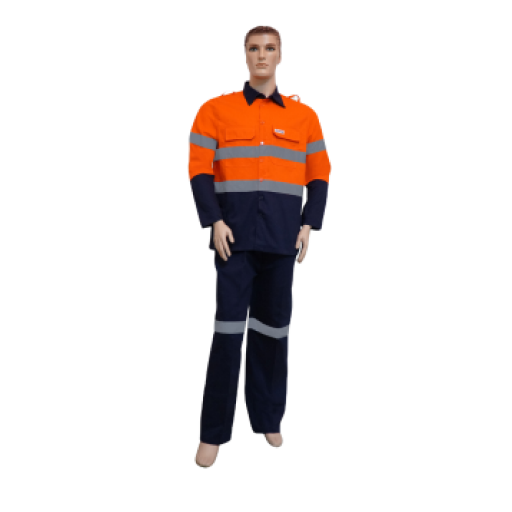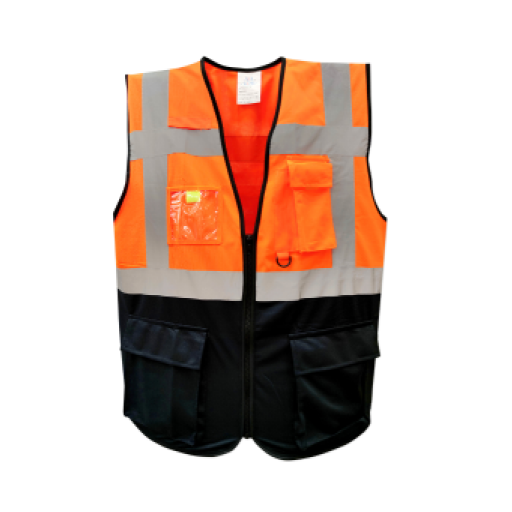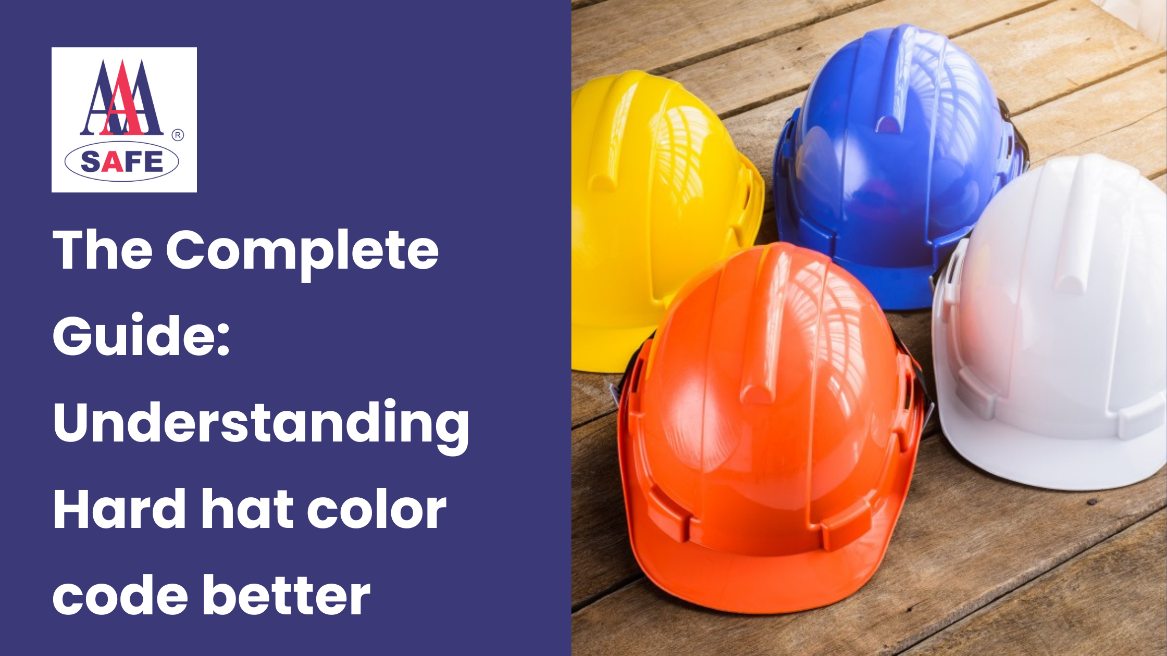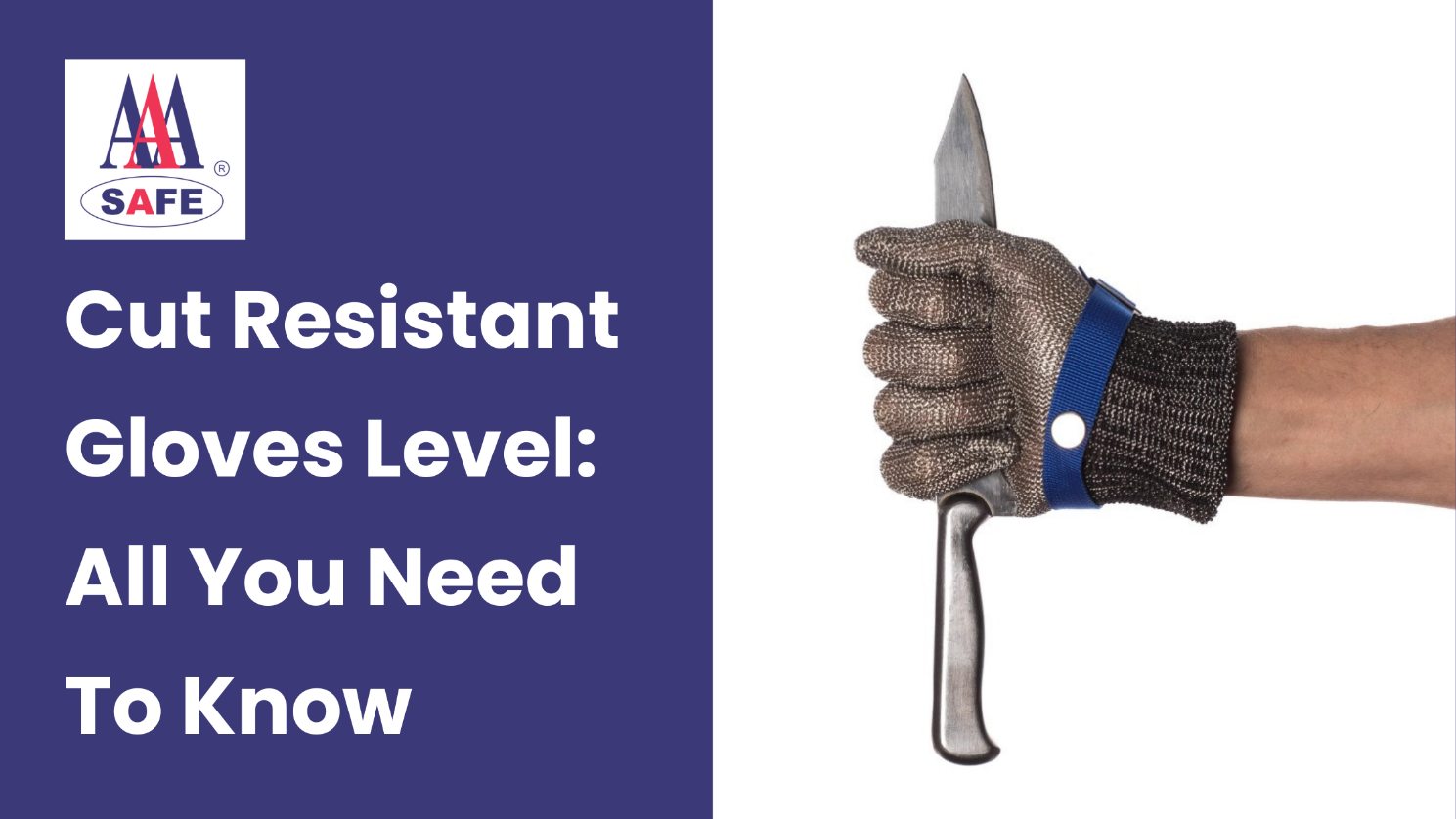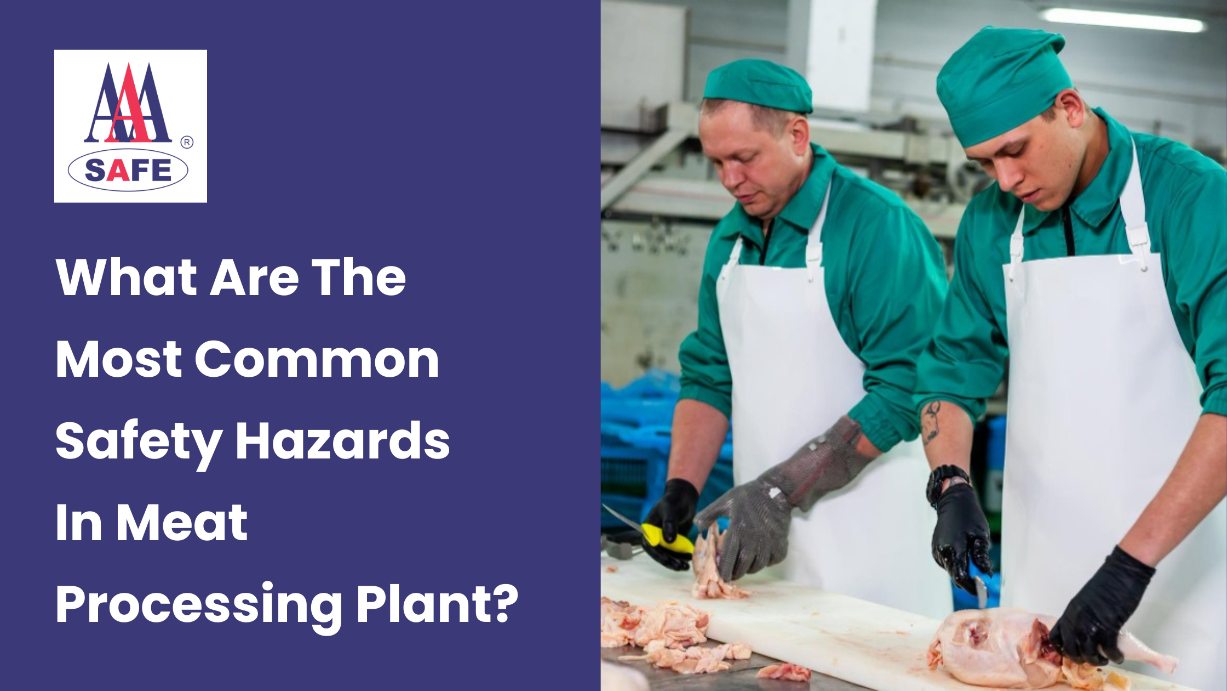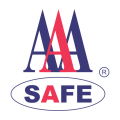10 Common Safety Harnesses Myths Busted
One of the best ways for employers to protect workers exposed to great heights is by giving them safety harnesses. Furthermore, even if the vast majority of your workers might be following the guidelines stated in the UAE. All it takes for your business to be looked into and maybe penalized is for an OSHA compliance officer to drive by and notice an employee not wearing fall protection.
We debunk a few of the more widespread fall protection misconceptions in this post. We’re hoping to get roofing companies to make sure their employees are constantly wearing fall protective gear. It can prevent fatal injuries in the workplace on your watch.
Safety Harness Overview
Before we get into dispelling myths, let’s develop a basic knowledge base about safety harnesses. These essential items of safety gear are made to shield workers in high-risk or awkward positions from falls. Whether it’s window cleaning or building sites, you can greatly enhance your worker’s safety with safety harnesses.
Let’s now dispel some common myths that may be impeding the adoption and efficient use of safety harnesses.
10 Misconceptions About Safety Harnesses
Misconception 1: One size fits all
There is a widespread misconception that safety harnesses fit all body shapes and sizes. But nothing could be further from the reality than this. The efficiency of the harness depends critically on the size you choose. While a harness that is too tight might be uncomfortable and limit mobility, one that is too loose can result in potentially hazardous falls.
Customization is available in modern harness designs, which include adjustable fittings and straps. Think about this: for maximum protection, a safety harness needs to be customized for each individual, just like a shoe should fit comfortably. Let’s explore why a customized fit is non-negotiable and dispel the idea that one size fits all.
Misconception 2: Safety harnesses are uncomfortable
There is a persistent misunderstanding that wearing a safety harness means being uncomfortable. Actually, the wearer’s experience has changed as a result of design developments in fall protective gears. Ergonomic characteristics are given priority in modern harnesses, guaranteeing comfort without sacrificing safety.
A snug but comfortable fit is facilitated by breathable materials, strategically placed weight distribution, and padded shoulder straps. Consumers frequently comment that they no longer experience the discomfort that comes with wearing traditional harnesses. By busting the misconception that harnesses are uncomfortable by nature, we can promote a more positive view and, as a result, increase adherence to safety procedures across a range of industries.
Misconception 3: All harnesses are the same
Safety harnesses might look the same but their nuanced designs are made for specific applications. Here are the different types of safety harnesses:
Full-Body Harnesses: These are not one-size-fits-all, despite popular misconception; they offer complete protection for the shoulders, legs, and torso.
Chest Harnesses: Designed with particular uses in mind, these harnesses are perfect for stopping falls in several workplaces.
Positioning harnesses: Made for jobs that need a steady posture, these harnesses provide support without limiting mobility.
Climbing Harnesses: Designed for steep climbs, climbing harnesses equally distribute pressure to meet the special requirements of climbing sports.
Suspension Trauma Straps: These straps, which highlight the variety of harness capabilities, are frequently disregarded yet help reduces the risk of suspension trauma during a fall.
Misconception 4: Safety harnesses are only for high-risk jobs
Many people believe that high-risk jobs like construction or window washing on skyscrapers are the only ones that require safety belts. While in reality, harness use is much more widespread than these obviously dangerous occupations.
The employment of harnesses is required in everyday situations such as tree pruning, roof repair, and even routine maintenance on elevated platforms. Furthermore, safety rules and laws need harnesses in a variety of job settings, highlighting how universally applicable they are. It is important to realize that safety harnesses are not just for extreme occupations in order to promote a safety culture in a variety of businesses and avoid mishaps in seemingly routine chores.
Misconception 5: Harnesses are a hindrance to productivity
There is a common misconception that safety harnesses slow down work processes and are heavy instruments that prevent workers from being productive. But it does the complete opposite. When worn properly, harnesses improve worker confidence and safety rather than restricting movement. The time it takes to secure a harness is an investment in preventing accidents, which will ultimately result in a more productive workplace.
Additionally, using a harness provides a chance for continuous safety training, which supports a proactive safety culture. It’s critical to debunk the myth that harnesses hinder productivity in order to see them as collaborators rather than barriers in the workplace.
Misconception 6: Safety harnesses are a waste of money
Contrary to popular thinking, which holds that fall protection is superfluous, the actual expenses of accidents far outweigh the initial cost of safety harnesses. Installing fall protection is a proactive strategy that averts fatalities or seriously injured people, not only a financial one. Accidents have consequences that go beyond just paying for medical care. They can also result in penalties, damages, bad press, and even the closure of the firm.
As they say, prevention is always better than cure, and when it comes to safety harnesses, the initial outlay is modest compared to the emotional, financial, and practical costs associated with mishaps. It is essential to acknowledge safety harnesses as a wise investment in order to promote a culture that values both human life and financial security.
Misconception 7: No need for regular inspections
It is dangerous to believe that safety harness checks should be neglected. Some people think harnesses can be used for as long as they’re purchased without being examined. Over time, though, this negligence jeopardizes the equipment’s dependability. Finding wear, tear, or deterioration that could jeopardize the structural integrity of the harness requires routine examinations. These checks not only guarantee that the harness is in ideal working order but also avert possible mishaps. Ignoring the necessity for inspections is a risky move because a safety harness’s efficacy depends on regular upkeep and assessment. Frequent inspections are a preventative step that guards against unanticipated hazards in a variety of work settings.
Misconception 8: Not required for short tasks
There is a serious risk to worker safety when it is believed that safety harnesses are not needed for quick jobs. Some people ignore the possibility of mishaps even in short jobs and think that rapid activities don’t need the usage of harnesses. On the other hand, mishaps can occur quickly, and the length of the task has little bearing on how serious the injuries are. Regardless of the length of the activity, it is imperative to continually implement safety precautions, including the usage of harnesses.
Since short jobs might still present risks, it is important to emphasize the need for everyone to adhere to safety procedures in order to reduce risks and guarantee employees’ safety in all work environments.
Misconception 9: Only necessary at heights
To think that safety harnesses are only required at elevated locations ignores the variety of circumstances in which mishaps may transpire. Although there is a considerable risk associated with heights, harness use is not limited to high places. Numerous work environments, particularly cramped areas, might experience accidents that result in fatalities or serious injuries. Safety harnesses are an essential preventive precaution that provide protection in unforeseen circumstances. This misperception ignores the risks associated with working at ground level by restricting their use to just higher-level jobs. Acknowledging the ubiquitous necessity of safety harnesses promotes a thorough safety culture and guarantees workers’ safety in all work settings, at any height.
Misconception 10: Easy to use without training
It’s dangerous to assume that safety harnesses are simple to use without training. Because of their complex characteristics, harnesses require specialized knowledge to be used properly. Misuse can lead to inadequate protection and a higher chance of mishaps. To ensure that a safety harness is worn, adjusted, and connected correctly and that it performs as intended, training is necessary. Neglecting the need for training compromises worker safety and defeats the purpose of these vital safety instruments. A knowledgeable workforce that knows how to utilize a harness effectively is essential for establishing a safe workplace, averting accidents, and encouraging a culture of accountability for individual safety.
Final verdict
In summary, it is critical to debunk these widespread myths regarding safety harnesses in order to promote awareness and adherence to appropriate safety procedures. Knowing the ins and outs of using safety harnesses is essential, from dispelling the misconception of a universal fit to highlighting the variety of uses outside of high-risk occupations. Harnesses are calculated investments in preventing accidents, not just inconveniences.
Recognizing their importance in different contexts, independent of job length or work environment, emphasizes the shared responsibility required for overall safety. We can all work together to guarantee a safer, more secure workplace for everyone by placing a high priority on appropriate training, conducting routine inspections, and realizing the need for safety harnesses.





